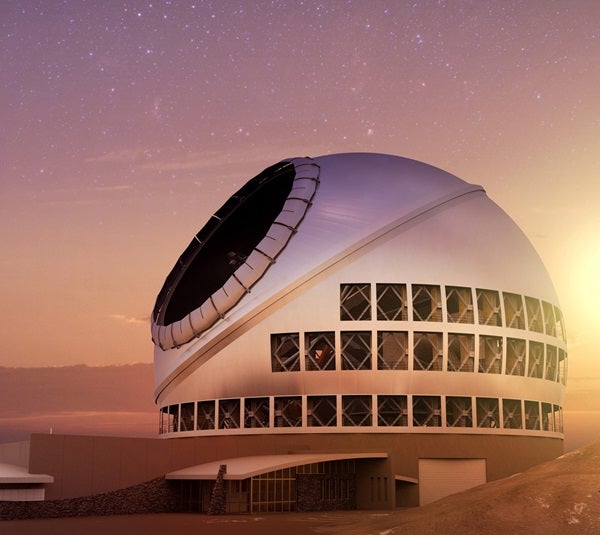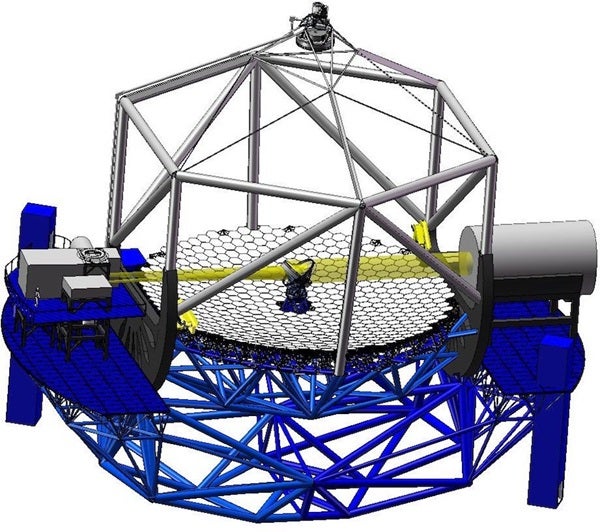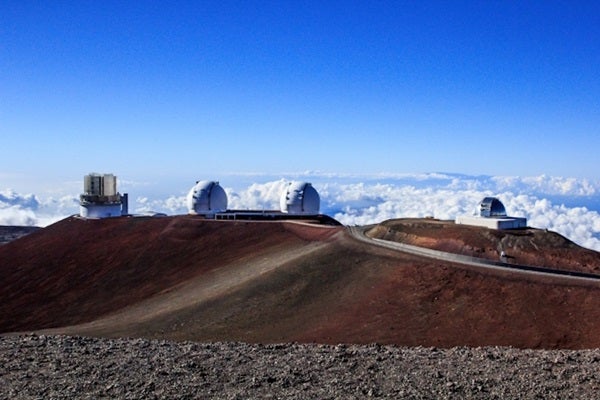In 2011, Hawaii’s Board of Land and Natural Resources granted the first construction permit to build the $1.4 billion Thirty Meter Telescope (TMT) project atop the mountain of Mauna Kea. Since then, the TMT has been mired by controversy, and Hawaii’s supreme court invalidated the telescope’s first construction permit in December 2015, putting the project in limbo ever since — that is, until now. On September 28, after months of additional hearings and tweaks to the proposal, the Board of Land and Natural Resources granted a fresh permit for construction of the TMT, voting five to two.
According to chairperson Suzanne Case, “This was one of the most difficult decisions the board has ever made.” A number of native Hawaiians have opposed the project, arguing that construction would further desecrate the sacred mountain that is already home to a plethora of other telescopes. In April 2015, just days after the telescope’s construction finally began, protesters halted its progress by blocking the steep, winding gravel road that leads up to the construction site.
The optical TMT telescope, which will be made up of 492 individual mirror segments, is designed to collect an unprecedented amount of light — nearly 10 times more than one of Keck’s 10-meter telescopes. Furthermore, an advanced set of adaptive optic systems will allow the TMT to achieve diffraction-limited resolution, meaning it can compensate for changing atmospheric conditions and reach its best possible resolution.
With the new construction permit, which adds requirements such as a zero-discharge wastewater system, natural resource training, and cultural training for workers, the international TMT team is optimistic. “We are greatly encouraged,” TMT board chair Henry Yang said in a statement. “In moving forward, we will listen respectfully to the community in order to realize the shared vision of Mauna Kea as a world center for Hawaiian culture, education and science.”
Although TMT opponents have already filed motions to put the permit on hold until they can appeal to Hawaii’s supreme court, many TMT supporters believe the telescope will bring numerous educational and employment opportunities to Hawaii, adding to the state’s long history of astronomical involvement.
At an elevation of 14,000 feet, the summit of Mauna Kea is such a prime spot for telescopes because it provides some of the best observing conditions in the world thanks to a placid atmosphere, low average temperatures, and very low humidity. However, if researchers cannot begin the TMT’s construction on top of Mauna Kea by a self-imposed deadline of April 2018, the project will be moved to an alternative location: Roque de los Muchachos Observatory, La Palma, Canary Islands, Spain.
No matter where TMT ends up, when completed, it will enable astronomers to peer deep into the cosmos and study light from the earliest stars and galaxies, informing our understanding of how the universe evolved and the fundamental laws of physics. Plus, I bet the images will be spectacular.












